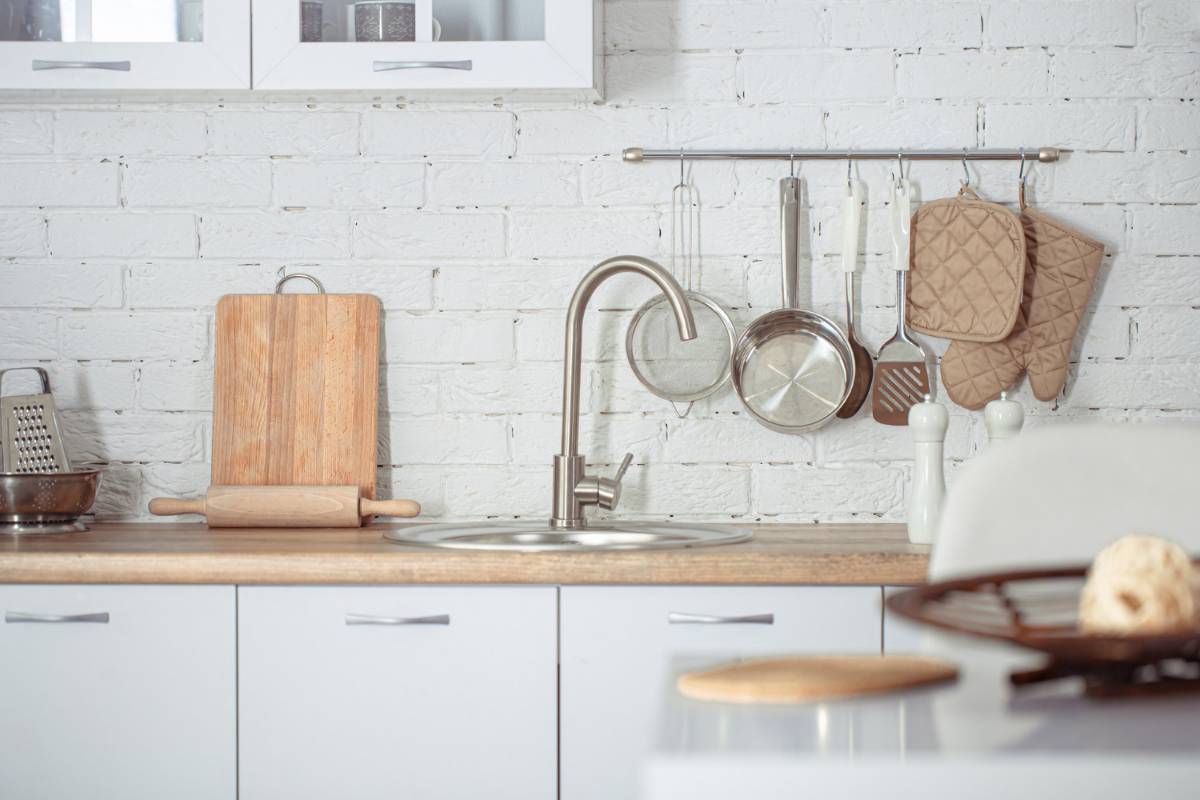
A number of factors come into play when deciding what type of cookware with which to adorn your kitchen. The frequency of cooking, the cooking process, the size of the kitchen and the type of equipment, stove and heat-top you use in your apartment are a few to mention. The durability, thermal conductivity and ease of cleaning also represent significant aspects worth consideration.
Take a look at 3-4 common cookware to help you determine what best suits your kitchen needs:
Copper is one of the best heat-conducting materials that you can consider for your kitchen cookware. The high conductivity is one of the reasons why copper accessories are more expensive than their counterparts.
The material is safe for use on stovetops, oven, and broilers, but won’t work on induction cooktops. Some of the advantages of opting for copper cookware lies in the fact that it heats quickly, ensures uniformity of the prepared meal, and will fulfil most job needs such as boiling, sautéing, braising or steaming.
Copper is excellent at retaining and distributing heat and as such, calls for no need of high flames. The downside is however its cost and the effort required regularly keep it shining.
Non-sticks are kitchen friendly utensils especially when you are looking to cook with less fat. These categories of cookware come with many eco-friendly options and may be coated with Thermalon, Sand Flow or Ceramic. Non-sticks can be made from any material including Stainless steel, Copper or Aluminum and as such, have high heat conduction. The pan is ideal for all frying and cooking of sticky items such as eggs or fish.
On the downside, they have a shorter life span and can’t be used for superheating. You also have to be very careful when washing to not damage the non-stick lining.
Ceramics are ideal for slow cooking dishes. This cookware is perfect for baking and come in different shapes and sizes. Since Ceramic is non-reactive, it can be used for cooking alkaline and acidic foods. Their design also makes them attractive and is a great fit for oven-to-table meals. Ceramics are versatile and the fact that they don’t heat up can be an advantage or disadvantage.
Ceramic cookware will prevent over-browning of food but might be fragile in some cases. For cleaning purposes, you will want to allow these cookware cool down, soak with water and scrub to cleanse.
Glass dishes are very versatile and can be used for a wide array of purposes considering their non-reactive nature. If you opt to use glass as part of the cookware for your kitchen, you’re getting a quality heat conductor without the risk of food discoloration.
The downside is their delicacy, as extreme temperatures will cause the glass to break in an explosive fashion.